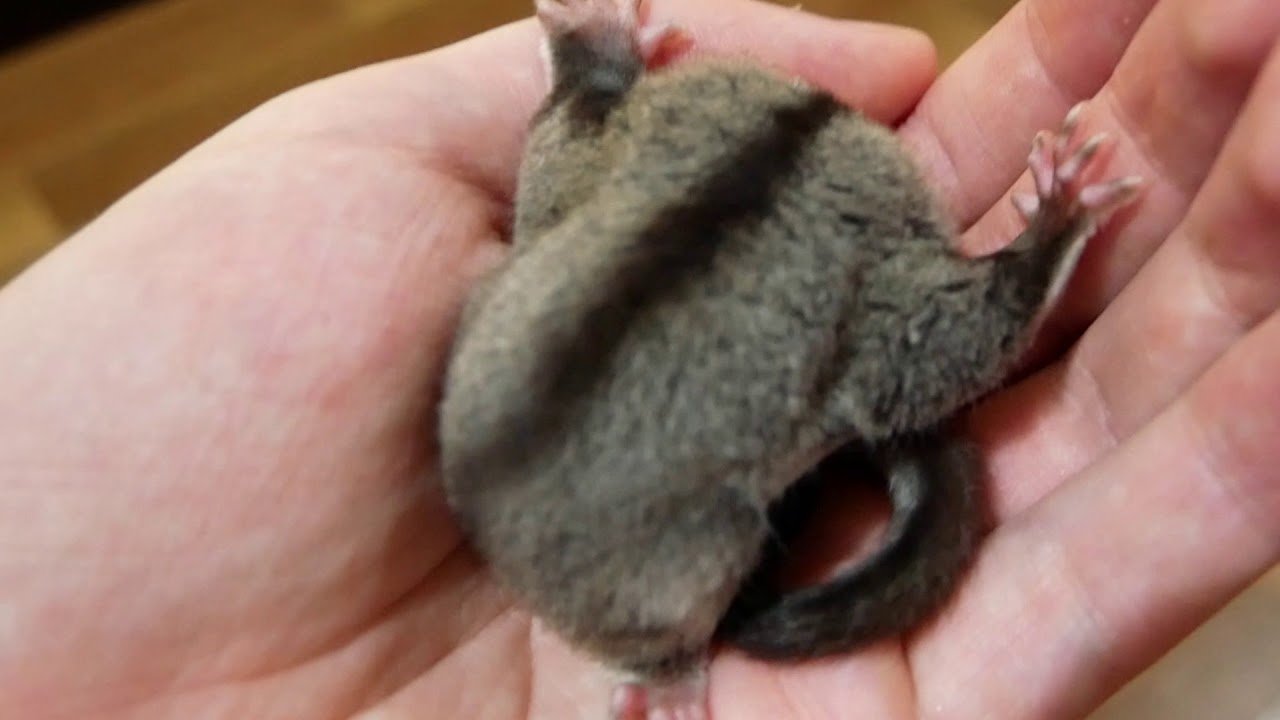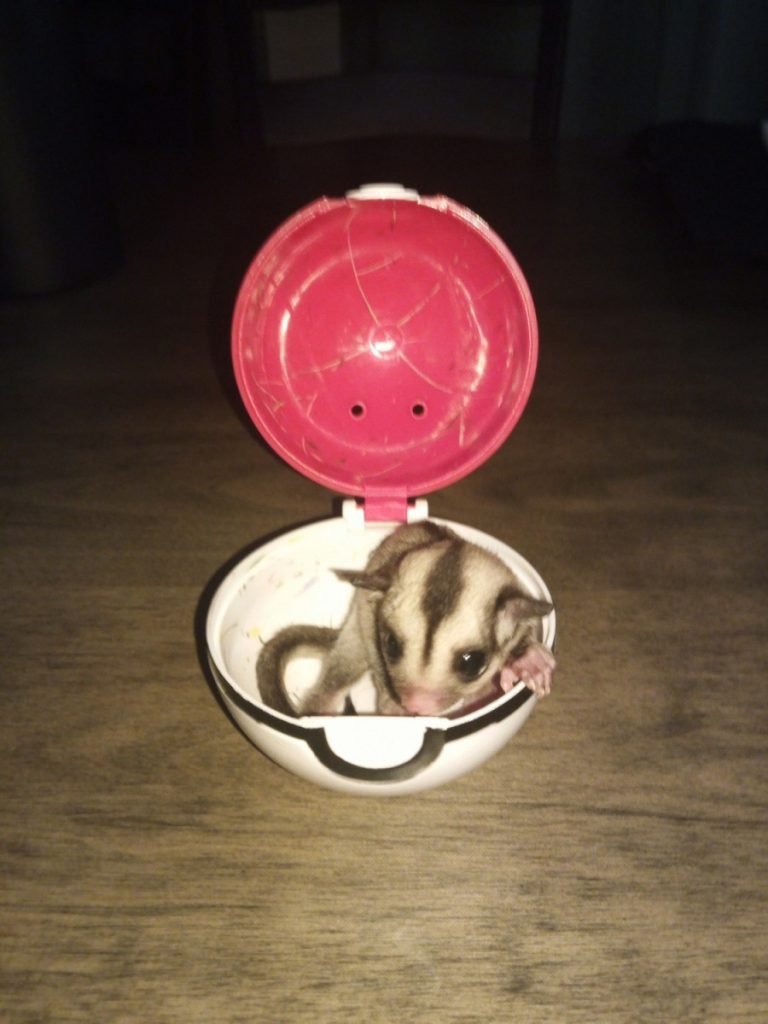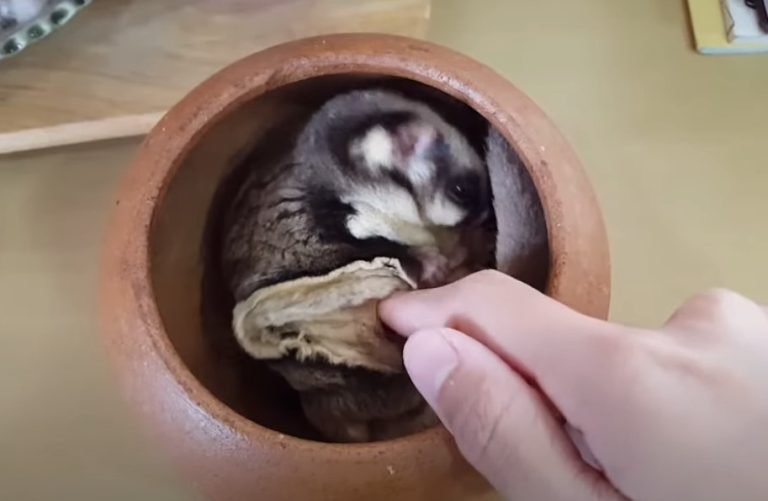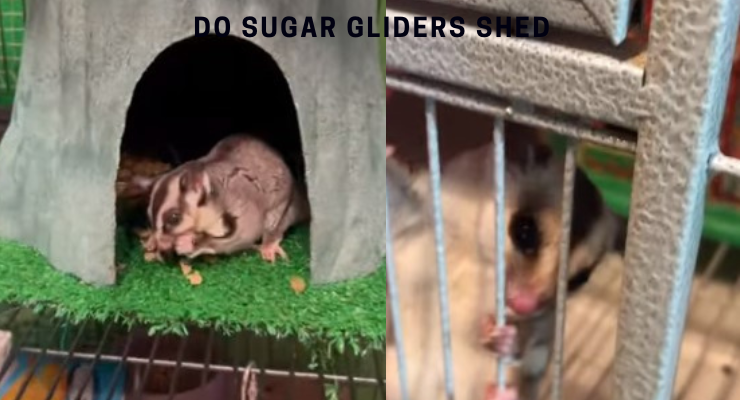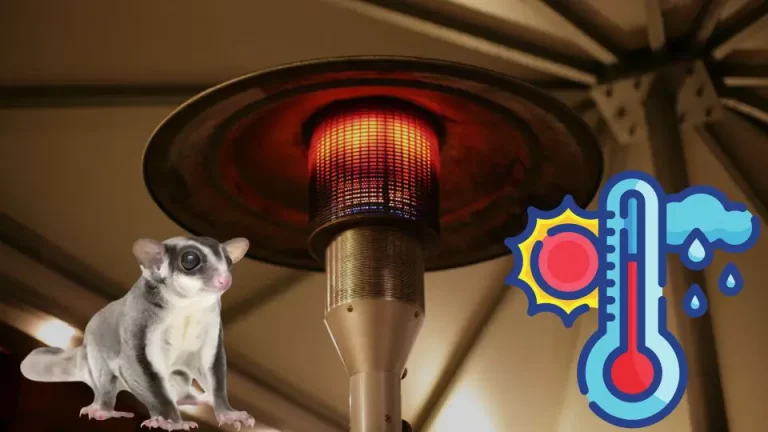Sugar Glider Sleeping Habits
Sugar Glider Sleeping Habits: Everything You Need to Know
Have you ever wondered how sugar gliders sleep? These adorable little creatures have some fascinating sleeping habits that make them unique among other animals. In this article, we’ll explore the various aspects of sugar glider sleep, from their sleep patterns and behaviors to their sleeping environment and habits. So grab a cup of coffee or tea, and let’s dive into the fascinating world of sugar glider sleeping habits!
Sugar gliders, native to Australia, are small nocturnal marsupials known for their ability to glide through the air. As nocturnal animals, sugar gliders are most active during the night and sleep during the day. Their sleeping habits are essential for their overall well-being and survival in the wild.
Sugar Glider Sleep Patterns and Duration
Sugar gliders have a unique sleep pattern known as polyphasic sleep. Unlike humans who have one long period of sleep, sugar gliders have multiple short naps throughout the day and night. These naps can last anywhere from a few minutes to a few hours.
On average, sugar gliders sleep for about 12-14 hours each day. They are most active at dusk and dawn when they come out of their nests to search for food and interact with their colony members. During the day, they retreat to their nests to rest and sleep.
The Importance of Sleep for Sugar Gliders
Sleep is crucial for sugar gliders as it allows them to conserve energy, heal any injuries, and replenish their body functions. It also plays a vital role in their cognitive development and overall health. Without enough sleep, sugar gliders may become stressed, irritable, and even exhibit aggressive behaviors.
Sugar Glider Sleeping Environment
Sugar gliders are arboreal creatures that prefer to sleep in high places. In the wild, they make nests in tree hollows, using leaves, bark, and other materials to create a comfortable sleeping spot. In captivity, sugar gliders should have nest boxes or pouches in their enclosures where they can curl up and sleep soundly.
It’s important to provide sugar gliders with a safe and quiet sleeping environment. Avoid placing their enclosure in areas with loud noises or excessive light during their sleep time. As nocturnal animals, they are sensitive to these disturbances and may become stressed, affecting their sleep quality and overall health.
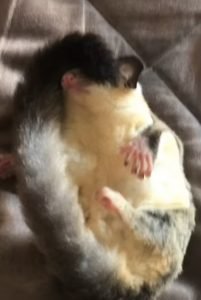
Common Sleeping Behaviors of Sugar Gliders
Sugar gliders have some interesting sleeping behaviors that are both adorable and fascinating. Let’s take a look at a few of them:
1. Huddling: Sugar gliders are social animals and enjoy sleeping in groups, known as huddling. Sleeping in close proximity to each other provides warmth, security, and a sense of belonging for these small creatures.
2.Cuddling in Pouches: Sugar gliders have a natural instinct to seek pouches for sleep. In the wild, they sleep in the mother’s pouch as joeys. Even as adults, they have a fondness for sleeping in pouches, whether it’s a natural tree hollow or a pouch provided in captivity.
3. Grooming Before Sleep: Before settling down to sleep, sugar gliders engage in a grooming ritual to clean their fur and remove any debris or parasites. This behavior helps them maintain hygiene and ensures a restful sleep.
4. Nocturnal Vocalizations: Sugar gliders may make various sounds during their sleep, including soft chirping or barking sounds. These vocalizations serve as a communication tool among colony members and can indicate comfort, distress, or territorial warning.
Tips for Ensuring Healthy Sleep for Sugar Gliders
To promote healthy sleep for your pet sugar glider, here are a few tips you can follow:
1. Provide a Comfortable Sleeping Area: Create a cozy and safe sleeping area for your sugar glider by providing a nest box or pouch filled with soft bedding material.
2. Maintain a Consistent Environment: Sugar gliders thrive in an environment with consistent temperature and lighting. Keep the room dark and quiet during their sleep time, and avoid sudden changes in temperature.
3. Offer Enrichment Activities: Stimulate your sugar glider’s mind by offering toys, climbing structures, and puzzle feeders during their awake time. Mental stimulation can promote better sleep and overall well-being.
4. Monitor Sleep Patterns: Keep an eye on your sugar glider’s sleep patterns and behaviors. Any sudden changes, such as excessive sleep or insomnia, could indicate underlying health issues and should be addressed promptly by a veterinarian.
Frequently Asked Questions
Q: How long do sugar gliders sleep?
A: Sugar gliders sleep for an average of 12-14 hours each day, usually in short bursts throughout the day and night.
Q: Do sugar gliders need darkness to sleep?
A: Yes, sugar gliders are nocturnal animals that prefer a dark and quiet sleeping environment. Excessive light can disrupt their sleep patterns and affect their overall well-being.
Q: Can sugar gliders sleep without a pouch?
A: While sugar gliders can sleep without a pouch, providing them with a nest box or pouch offers them a sense of security and comfort.
Q: Why do sugar gliders make noise when they sleep?
A: Sugar gliders may make various vocalizations during sleep, including chirping or barking sounds. These noises serve as communication among colony members and may indicate comfort, distress, or territorial warning.
Final Thoughts
Understanding sugar glider sleeping habits is crucial for providing them with the care they need. By creating a suitable sleeping environment and ensuring they get enough rest, you can help your sugar glider lead a healthy and happy life. So, next time you catch your sugar glider taking a nap, remember that they’re just following their natural sleeping habits!

